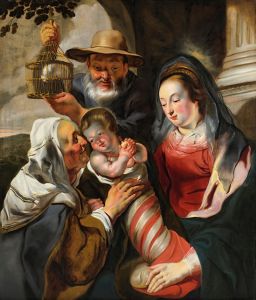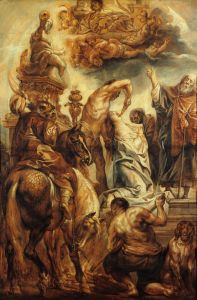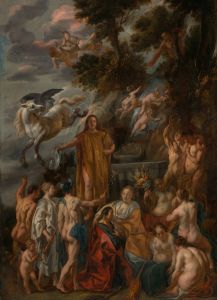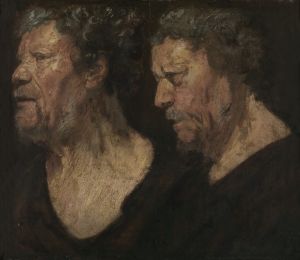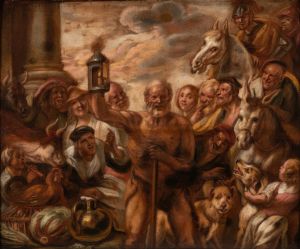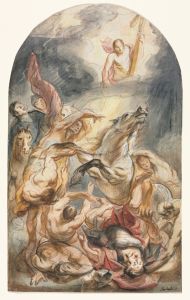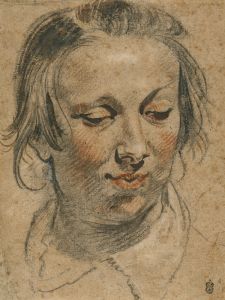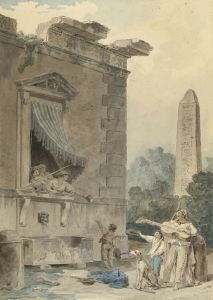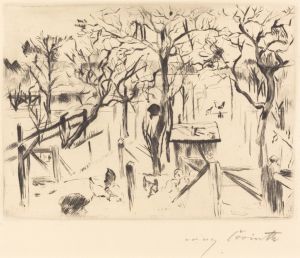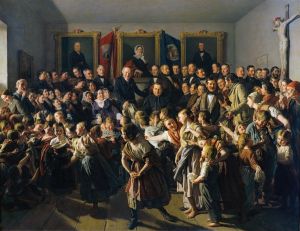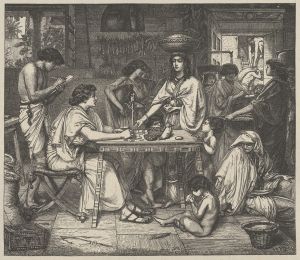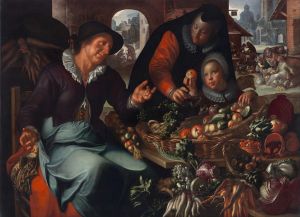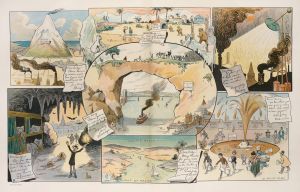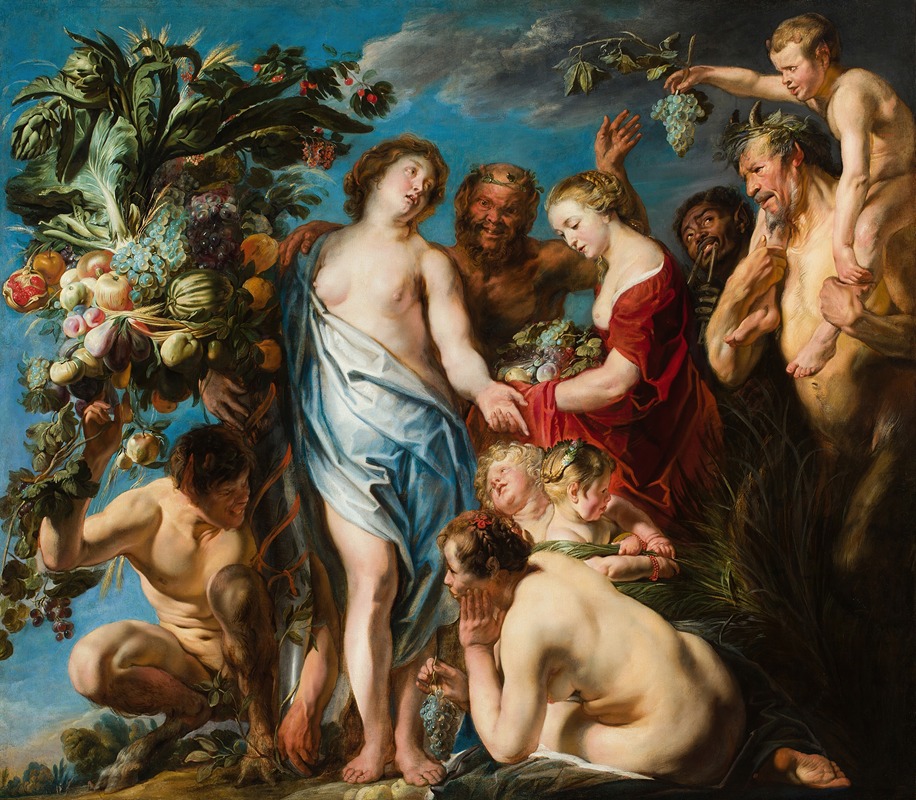
An Allegory of Fruitfulness
A hand-painted replica of Jacob Jordaens’s masterpiece An Allegory of Fruitfulness, meticulously crafted by professional artists to capture the true essence of the original. Each piece is created with museum-quality canvas and rare mineral pigments, carefully painted by experienced artists with delicate brushstrokes and rich, layered colors to perfectly recreate the texture of the original artwork. Unlike machine-printed reproductions, this hand-painted version brings the painting to life, infused with the artist’s emotions and skill in every stroke. Whether for personal collection or home decoration, it instantly elevates the artistic atmosphere of any space.
Jacob Jordaens, a prominent Flemish Baroque painter, created "An Allegory of Fruitfulness" in the 17th century. Jordaens was known for his vibrant use of color and dynamic compositions, often drawing inspiration from mythology, religion, and everyday life. This particular painting is a testament to his skill in allegorical representation, a common theme in Baroque art, which sought to convey complex ideas through symbolic figures and motifs.
"An Allegory of Fruitfulness" is a large-scale work that exemplifies Jordaens' mastery in depicting abundance and prosperity. The painting is filled with a variety of figures, each contributing to the overall theme of fertility and growth. Central to the composition is a group of figures that likely represent deities or personifications of nature and abundance. These figures are surrounded by an array of fruits, vegetables, and other symbols of plenty, emphasizing the theme of fruitfulness.
Jordaens' use of light and shadow in the painting enhances the three-dimensionality of the figures and objects, creating a sense of depth and movement. The rich, warm colors typical of Jordaens' palette are evident, with earthy tones dominating the scene, punctuated by vibrant reds, yellows, and greens that draw the viewer's eye to key elements within the composition.
The painting reflects the Baroque era's fascination with allegory and symbolism. During this period, artists often used allegorical imagery to convey messages about human virtues, vices, and the natural world. In "An Allegory of Fruitfulness," Jordaens may have been commenting on the prosperity and wealth of the region, or perhaps the cyclical nature of life and the bounty of the earth.
Jordaens was part of the Flemish Baroque tradition, which was heavily influenced by the works of Peter Paul Rubens, another master of the era. Like Rubens, Jordaens was adept at creating compositions that were both dynamic and harmonious, filled with robust figures and a sense of movement. His ability to convey emotion and narrative through his paintings made him one of the leading artists of his time.
"An Allegory of Fruitfulness" is housed in the Royal Museum of Fine Arts in Antwerp, Belgium, where it continues to be admired for its artistic and historical significance. The painting is a fine example of Jordaens' work and offers insight into the cultural and artistic milieu of 17th-century Flanders.
In summary, Jacob Jordaens' "An Allegory of Fruitfulness" is a quintessential Baroque painting that captures the essence of abundance and prosperity through its allegorical depiction of figures and symbols. The painting remains a significant piece within Jordaens' oeuvre and the broader context of Flemish Baroque art, celebrated for its vibrant composition and thematic depth.





